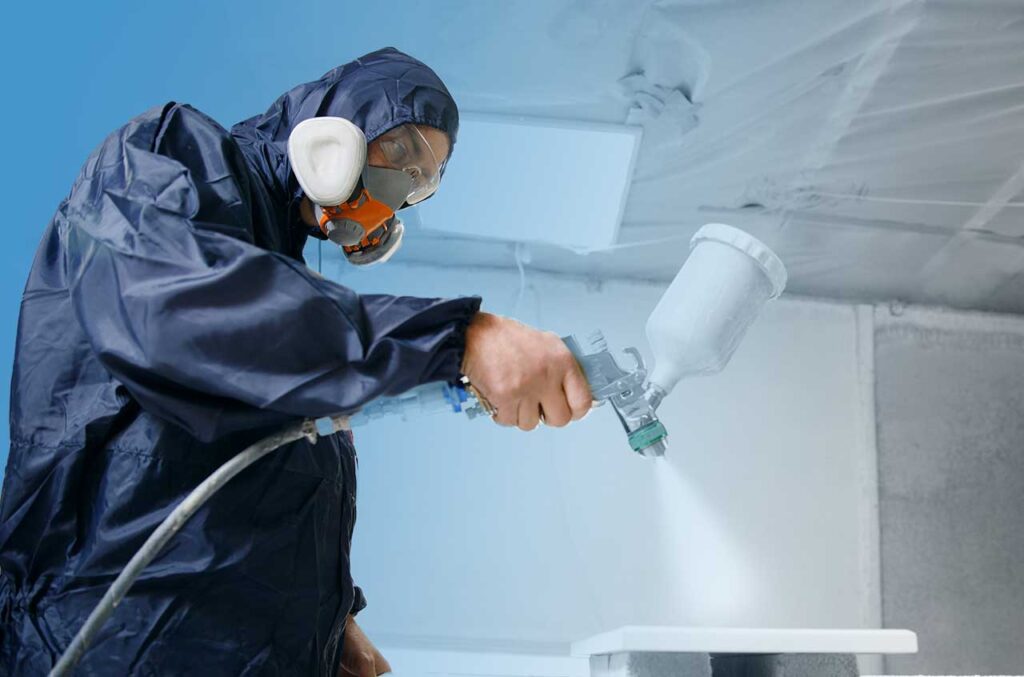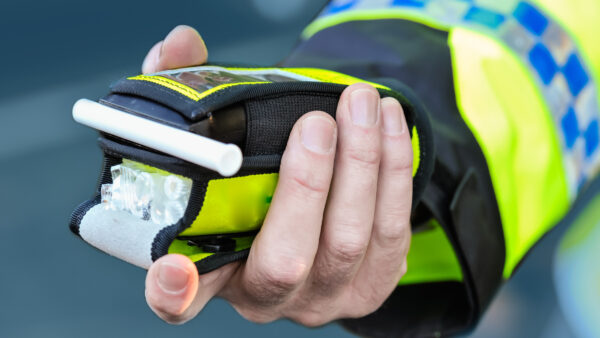Health risks from paint spraying
Paint spraying, especially where chemicals known as isocyanates are involved, poses serious health risks such as asthma and dermatitis.
HSE launches targeted inspection campaign
The HSE has launched a campaign of 1,000 inspections focusing on motor vehicle repair businesses and the control of exposure risks during paint spraying.
Inspectors will assess whether businesses have appropriate controls in place and whether they are confirming the effectiveness of those controls through health surveillance for exposed employees.
Isocyanates, which are found in vehicle paints, can cause harm through inhalation or skin contact. Exposure can happen during spraying, mixing, curing or sanding processes.
Key risks include:
- Respiratory hazards: inhaling paint mist can lead to asthma and lung conditions.
- Skin exposure: contact with isocyanates can cause dermatitis and allergic reactions.
- Workplace contamination: poor handling may expose others to harmful substances.
Safe working practices for paint spraying
To protect workers, businesses should implement appropriate safety measures:
- Mix and clean paint in well-ventilated, designated areas.
- Use spray booths with negative pressure to contain mist.
- Keep paint containers sealed to reduce vapour release.
- Maintain spray and ventilation systems and inspect LEV (local exhaust ventilation) regularly.
- Wear and replace PPE and RPE frequently, such as disposable overalls and nitrile gloves.
- Ensure breathing air in spray booths is safe and clean.
- Dispose of hazardous waste in sealed, clearly labelled bins.
- Follow safe clearance procedures, including displaying booth clearance times and preventing early re-entry without RPE.
Respiratory protective equipment (RPE)
Correct use of RPE is crucial. To reduce exposure risks:
- Air-fed breathing apparatus must be worn during spraying, gun cleaning and clearance times.
- Fit testing is essential for tight-fitting RPE, as facial hair can affect the seal.
- RPE should be removed only in safe air zones, following strict protocols.
- Breathing apparatus should be regularly maintained to ensure effectiveness.
- Compressed air supplies must be checked for contaminants at least every three months unless a risk assessment supports extending this interval.
- Additional PPE, including disposable coveralls and gloves, should be worn to prevent skin exposure.



